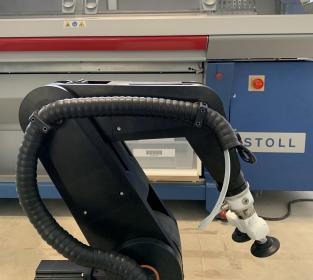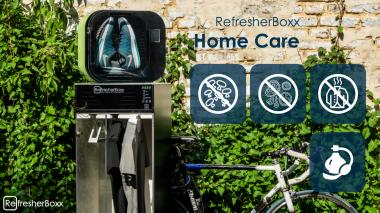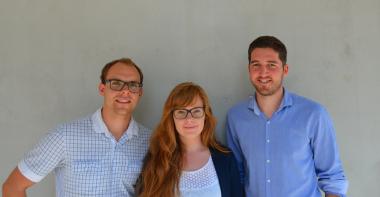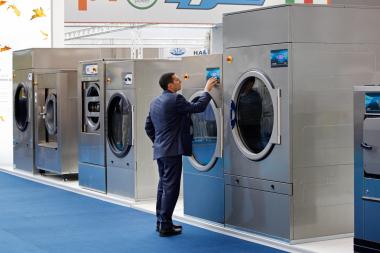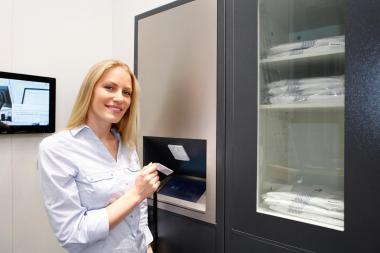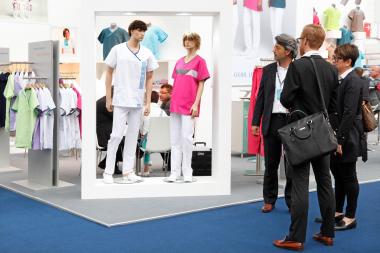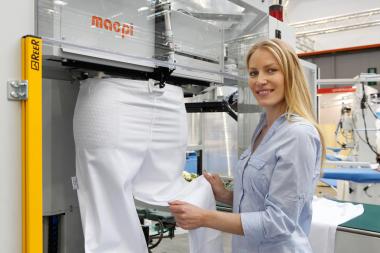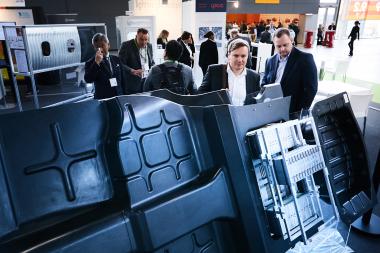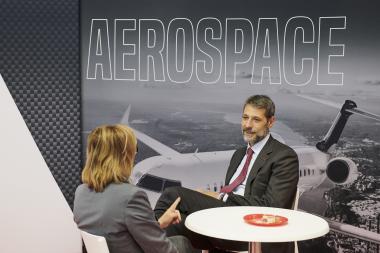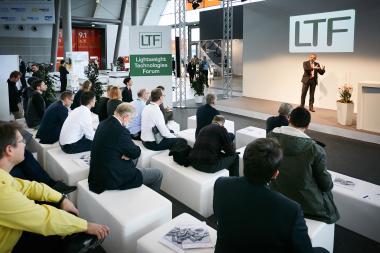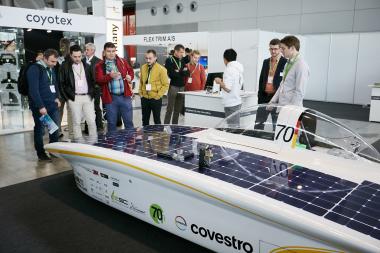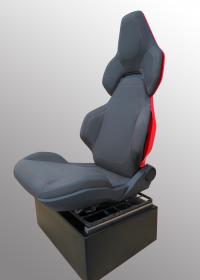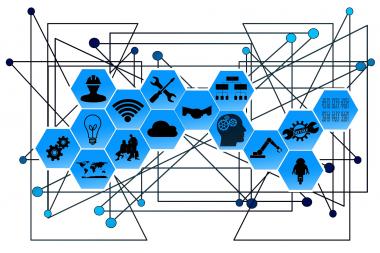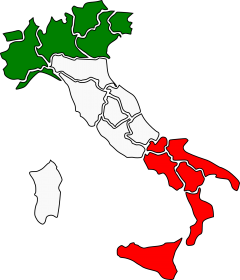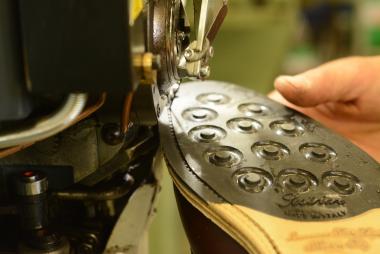DBU-Funding: From 3D Knitting Machines to Washing without Water
Environmental protection through digitalization - funding for start-ups
Clothing on-demand, a new type of textile cleaning and locally generated green electricity - these three business ideas of “Digitale Strickmanufaktur” (Krefeld), “Infinity Startup” (Aachen) and “prosumergy” (Kassel) convinced the Green Start-up Program’s jury of the German Federal Environmental Foundation (DBU). They will receive a total of around 370,000 euros in technical and financial support.
The DBU promotes company foundations and start-ups that combine solutions for the environment, ecology and sustainability in an innovative way with a focus on digitalization.
General conditions for promotion:
- in the founding phase as well as start-ups up to 5 years old
- up to 125,000€ per project
- up to 24 months duration
A cloud service for retail
The “Digitale Strickmanufaktur” wants to change the clothing industry sustainably. The founders are developing a cloud service that is directly linked to retail. Customers of the " “Digitale Strickmanufaktur” can order individualized garments in which size, color and design are adapted to their wishes. The order data is then transferred using the cloud, an online storage medium. They can be retrieved at any place in the world.
First order - then produce
If a customer orders a hat, for example, the order is automatically transmitted to 3D knitting machines. Then production begins, followed by shipment of the goods. The “Digitale Strickmanufaktur” produces knitwear on demand completely automatically with robots and a 3D knitting machine.
In this way, sales can be planned for retailers and not too much clothing is produced. Additionally: The products are manufactured close to the customer in Germany. Long transport routes and times are eliminated.
Washing without washing machine
The “RefresherBoxx” of the “Infinity Startup” is basically a mobile textile cleaner that does not require water or detergent. “Using a combination of different physical methods, it disinfects, dries and refreshes all kinds of textiles - especially those that can't be put in the washing machine, like leather, velvet and silk,” explains founder Stefan Chang. The “RefresherBoxx” is gentler, more environmentally friendly and only takes 30 minutes for one washing phase. According to Chang, the mobile textile cleaning system can be used in the medical sector, but also in the private and leisure sector.
Local power for commerce and e-mobility
The start-up "prosumergy" offers building owners and tenants a low-cost power supply from renewable energies that are mainly generated locally. "With the help of the DBU, we want to further develop our energy supply approach. By means of standardization and digitization, we want to develop concepts for the decentralized power supply of commercial properties and charging solutions for e-mobility," says founder Lena Cielejewski.
25 founding teams already funded
The three founding teams will now be funded for two years in the DBU's Green Start-up program. "They bring together solutions for the environment, ecology and sustainability with a focus on digitalization in an innovative way," said DBU Start-up coordinator Dr. Stefanie Grade. 22 other companies have already convinced the selection committee of themselves since the program was launched.
Contact details
Digitale Strickmanufaktur PoC GmbH (Krefeld)
Connecting textile trade and automated textile production with the help of cloud services
Contact Mr. Christian Zarbl
URL: digitale-strickmanufaktur.de
Infinity StartUp GmbH (Aachen)
Development, production and distribution of cleaning equipment for textiles, especially using physical methods, as well as development of related applications.
Contact Mr. Stefan Chang
URL: refresherboxx.com
prosumergy GmbH (Kassel)
prosumergy GmbH realizes decentralized energy supply projects as project developer and energy supplier
Contact Christopher Neumann
URL: prosumergy.de
DBU German Federal Environmental Foundation digitalization Sustainability Digitale Strickmanufaktur PoC GmbH Infinity StartUp GmbH prosumgery GmbH Funding Start-ups knitting machines washing process
German Federal Environmental Foundation



